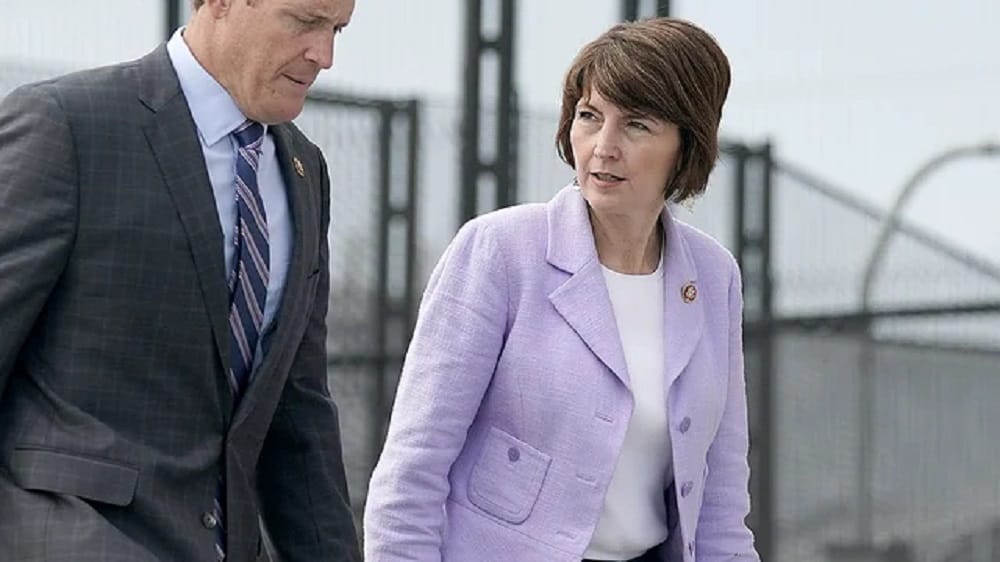Energy and Commerce Committee Chair and Ranking Member, 5G Network Efficiency, CARES Act Broadband Projects
Rep. Frank Pallone, D-New Jersey, was unanimously reelected Chairman of the House Energy and Commerce Committee for the Congress beginning in January. He issued the following statement: “Our nation faces unprecedented challenges, and I stand ready to work with all of my colleagues to combat the COVI
Liana Sowa

Rep. Frank Pallone, D-New Jersey, was unanimously reelected Chairman of the House Energy and Commerce Committee for the Congress beginning in January. He issued the following statement:
“Our nation faces unprecedented challenges, and I stand ready to work with all of my colleagues to combat the COVID-19 pandemic, provide critical assistance to struggling families, and rebuild our economy. In the coming months, we will push an aggressive agenda to ensure the Biden Administration has all the resources it needs to crush this pandemic, make health care and prescription drugs more affordable, rebuild and modernize our nation’s infrastructure, combat climate change, and protect people’s privacy. We will also examine how to rebuild and restore critical functions of key agencies under the Committee’s jurisdiction that were dismantled over the last four years by the outgoing Trump Administration.”
Rep. Cathy McMorris Rodgers, R-Washington, was elected ranking member of the committee.
NCTA CEO Michael Powell praised McMorris Rodgers’ selection as the first woman chair or ranking member of the committee, and said that she “recognizes the significant benefits of today’s vibrant and competitive media and communications marketplace that facilitates ongoing investment and innovation in new consumer products and services. We look forward to working with her and the entire committee on America’s recovery from the COVID-19 pandemic and to ensuring that every American can benefit from our world class digital infrastructure.”
5G networks more efficient than 4G networks
A 5G energy efficiency study from Nokia and Telefonica found that 5G networks are 90 percent more efficient per traffic unit than 4G networks.
The study ran for three months and tested 11 different pre-defined traffic load scenarios, which measured energy consumption per Mbps. They found that 5G radio access network technology was far more efficient than legacy technologies, probably due to intentional software and hardware design.
The tests monitored actual power consumption through the network management systems and used on-site base station energy consumption readings based on traffic load scenarios from 0 to 100%.
While 5G is a “natively greener technology,” according to a Nokia press release about 5G energy efficiency, further action will be required to enhance energy efficiency and minimize CO2 emissions when there’s increased data traffic on the network. However, the combination of 5G power saving features, small cell deployments and new 5G architecture and protocols, can significantly improve the energy efficiency of wireless networks, according to the press release.
Tommi Uitto, Nokia president of mobile networks, called the solutions and technology they develop and provide their “greatest contribution to overcoming the world’s sustainability challenges.
CARES Act-funded broadband projects on time
This summer, New Hampshire allotted $14 million dollars in federal CARES ACT funding to projects providing high speed internet to underserved areas in the state.
Towns say they should finish their projects just in time for the December 15, 2020, deadline. Bristol, for example, has been working for years to improve their residents’ internet access. With $2 million in CARES Act funding, the town has been able to move forward with their plan to build out 24 miles of fiber to about 400 residencies. According to the town’s administrator, Nik Coates, all that’s left to be done is to install the right equipment to connect the fiber to people’s homes.
The New Hampshire Electric Cooperative is also on track to complete its project by the deadline, building out fiber and delivering internet to 900 homes in Lempster, Colebrook, Stewartstown, and Clarksville with $6.7 million. Serving about 115 communities across the state, the Co-op has inspired other towns in their broadband efforts and have received many collaboration requests.
“The CARES project is really a way to sharpen our game,” said Robert Cruickshank, lead executive of the coop’s broadband efforts, told New Hampshire NPR. “We are committed to getting to all of our members across New Hampshire. We want to make sure they know we’re coming.”










Member discussion